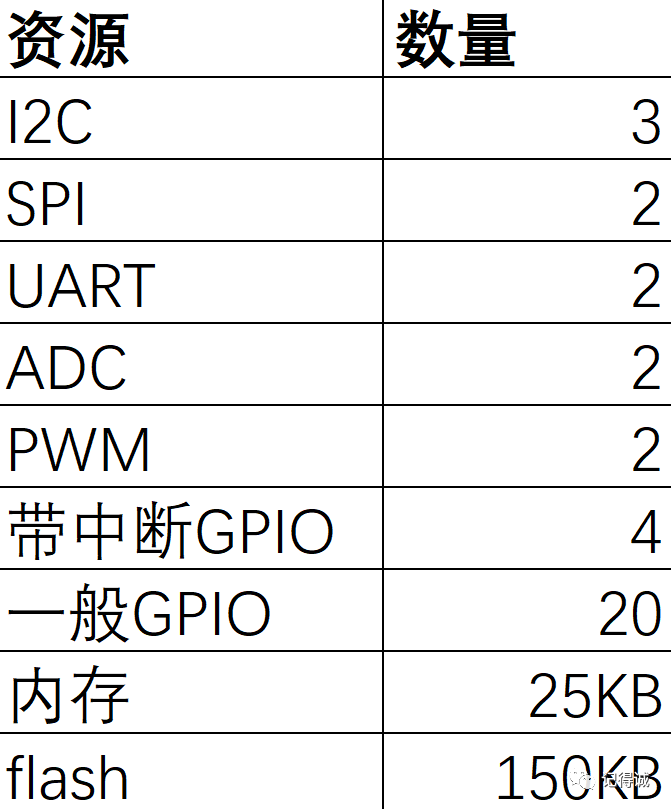Skip to content
In today’s article, let’s discuss how to choose an MCU.
I’ll share my thought process.
1. List the Available Peripherals
If a system has multiple MCUs, we need to allocate them properly, for example, temperature sensor on MCU #1, Bluetooth on MCU #2, and so on.
2. Determine the Communication Interfaces of the Peripherals
Some peripherals support multiple interfaces, such as I2C and SPI. In this case, we should determine the interface based on various factors including data volume, development workload, past product experience, product definition, power consumption, etc.
3. Determine the Voltage Levels of the Peripheral Communication Interfaces
For certain peripherals, the communication interface voltage is not referenced from the supply voltage.For example, if powered at 2.8V, the communication interface may be 1.8V, which is the voltage supplied to the chip’s VDDIO, and the I2C may depend on the external pull-up voltage, etc. These should be determined in advance.
4. Determine the Power Supply Range of the Peripherals
Some peripherals have very low current requirements, and their supply voltage matches that of the MCU, allowing us to drive them directly with I/O, such as G-sensors.
Other peripherals may require voltage conversion with a power chip, in which case we need to consider adding GPIO (power control pins).
5. Determine the Number of GPIOs Required by the Peripherals
We need to roughly determine this based on the circuit in the specifications, such as whether the peripheral’s power needs control, interrupt pins, wake-up pins, whether level conversion is needed, and whether GPIO enable control is necessary for level conversion.
6. Determine the Types of GPIOs Needed
Some can use general GPIOs, some need interrupt-enabled GPIOs, and some can be configured as PWM, etc.
7. Determine the Number of ADCs Needed
For example, for battery voltage detection, ID recognition, etc.
8. Determine Multiple Slaves for I2C Interface Peripherals
I2C supports one master and multiple slaves, so we need to determine which peripherals will be on the same I2C bus and check for address conflicts.
9. Calculate the Memory and Flash Size Used by the Peripherals
Request assistance from manufacturers in advance to estimate the memory and flash size occupied by each peripheral.This is very important to avoid awkward situations later on.
Based on the above 9 points, we can organize a table as shown below.
Summarizing the data above forms a resource table like the one below, making the selection process much easier.
Choosing an MCU is relatively straightforward when there are fewer peripherals. However, as the number of peripherals increases and interfaces become complex, the selection process becomes challenging, involving factors such as cost, power consumption, memory, flash, procurement difficulties, upgrades, etc. When multiple variables are present, it is best to adopt a data-driven approach, which is more intuitive.
I hope this helps you, see you next time.
Author:Remember Cheng, Source: Remember Cheng
Statement: This article is reproduced with permission from “Remember Cheng” WeChat official account. The reproduction is for learning reference only and does not represent the views of this account. This account is not responsible for any infringement of its content, text, or images.
♥Click 👇 the business card, follow me♥
1. Pitfalls of Domestic Replacement MCUs
2. PCB Design of DC-DC Power Modules
3. Huawei Genius Uses 108 Days to Type a Character, Redefining Customized Keyboards



